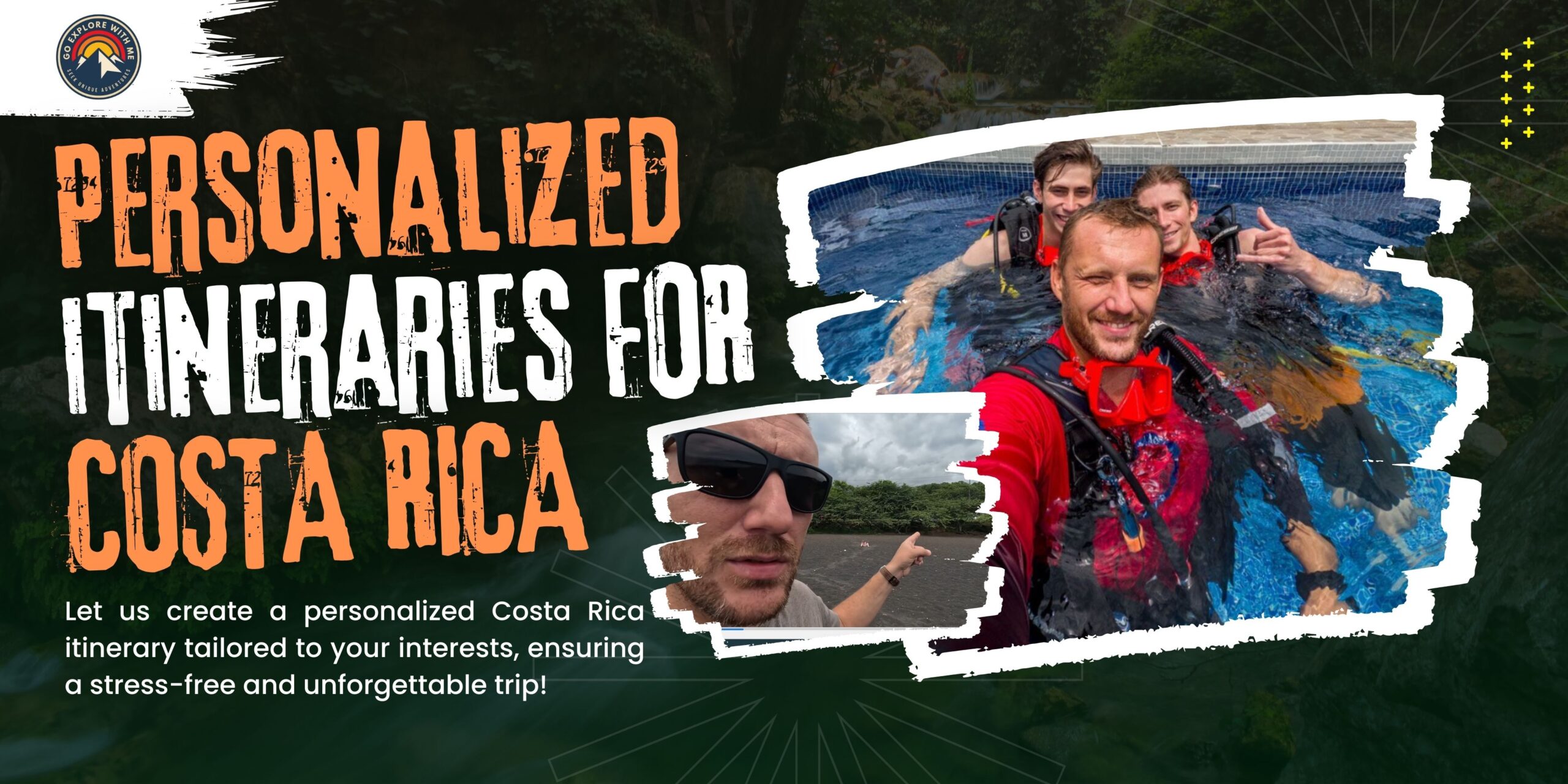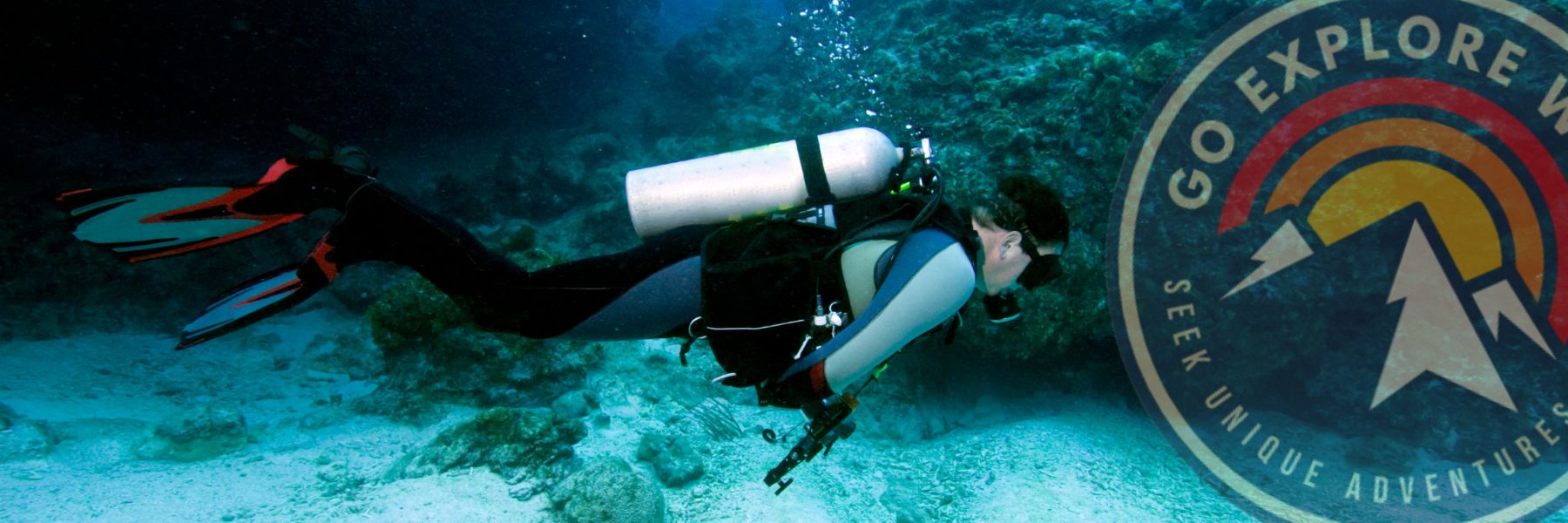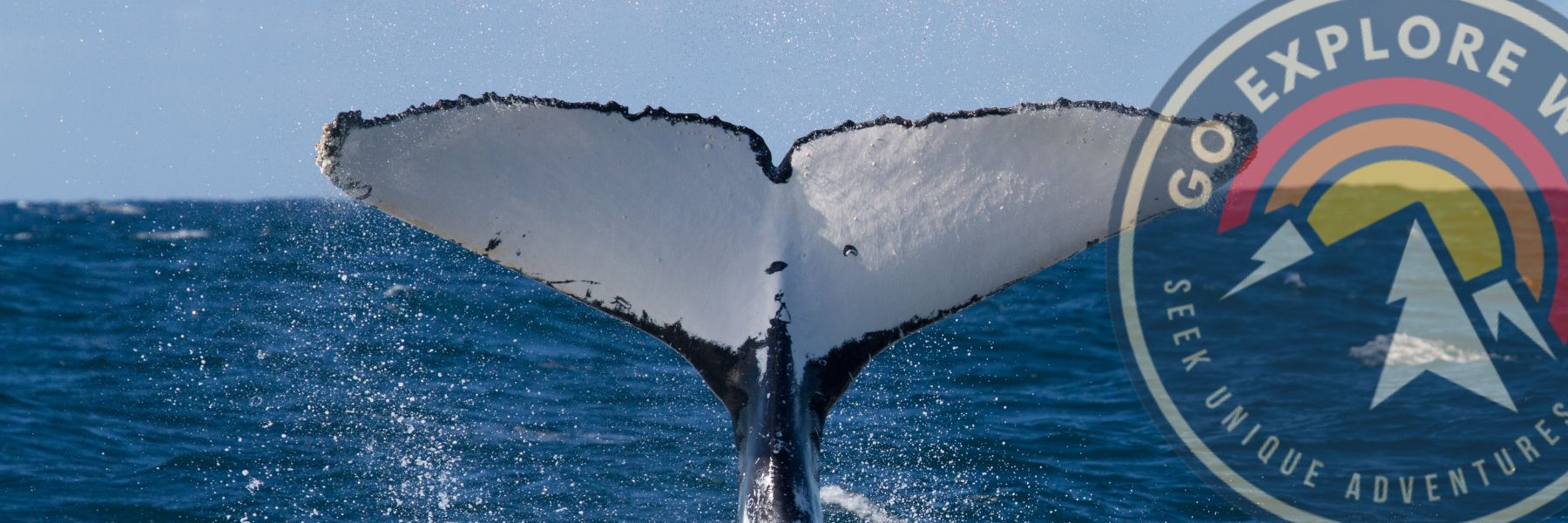Contents
When someone mentions crocodiles, most people imagine the Nile, or maybe Florida. But trust me, once you see a 15-foot dinosaur lounging under a bridge in Costa Rica, you’ll never look at rivers the same way again.
Costa Rica crocodiles are real, impressive, and surprisingly easy to spot—if you know where to look (and where not to swim). Whether you’re into wildlife watching or just want to see something that’ll make your jaw drop, these prehistoric giants are part of the country’s wilder side. And like everything else here, they come with a dose of “relax, but don’t be stupid.”
Yes, There Are Crocodiles in Costa Rica
Let’s get this out of the way: yes, Costa Rica has crocodiles. Big ones. They’re mostly American crocodiles (Crocodylus acutus), and they live in rivers, estuaries, and mangroves all along the Pacific coast—and even parts of the Caribbean side.
But here’s the good news: they’re not everywhere. You’re not going to find one in your hotel pool or lurking behind a surfboard. Most of the time, they keep to themselves, and as long as you’re not swimming in murky river mouths (which you shouldn’t be doing anyway), you’re fine.
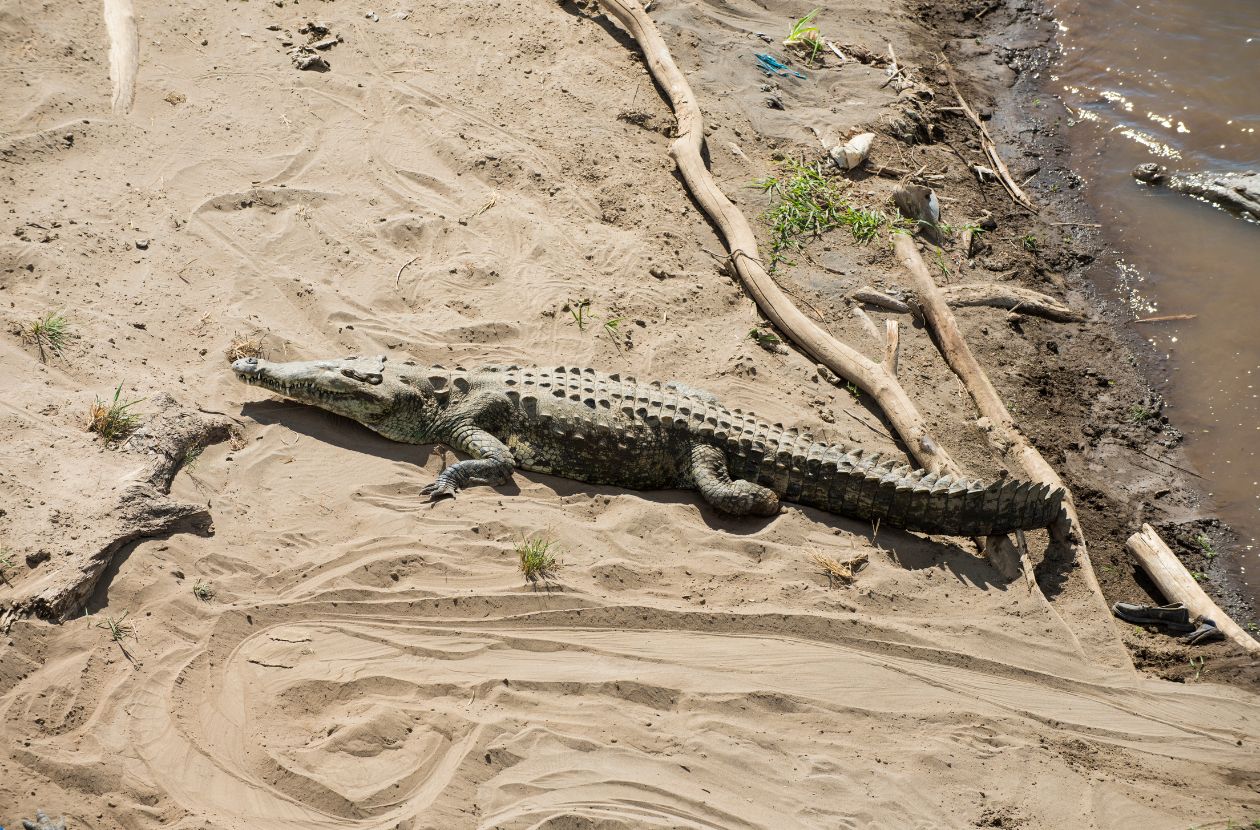
Where to See Crocodiles in Costa Rica (Without Getting Wet)
If you want to see Costa Rica crocodiles up close (but not too close), there are a few places that never disappoint:
- Tárcoles River – This is the spot. Located along the Pacific coast on the way to Jaco, the bridge over the river is known as “Crocodile Bridge” for a reason. Stand on the edge, look down, and boom—sometimes 20 or more crocodiles just chilling on the banks like they’re waiting for snacks.
- Palo Verde National Park – A beautiful wetlands area where crocs are just one of many creatures you’ll see on a boat tour. Peaceful, wild, and full of birdlife too.
- Sierpe River – Down in the Osa Peninsula, this river snakes through thick mangroves and is home to plenty of crocs. If you’re lucky, you’ll spot one gliding through the water during a boat ride.
You don’t need to go far off the beaten path to find them—they’re just part of the landscape.
The Famous Crocodile Bridge in Tárcoles
If you’re driving down the Pacific coast from San José to Jaco or Manuel Antonio, you’re probably going to cross the Tárcoles River. Do yourself a favor: stop at the bridge. Park nearby, walk onto the pedestrian walkway, and look down.
It’s honestly wild. Massive crocodiles lounging right below the road while cars zoom past overhead. It feels surreal—like someone set up a Jurassic Park exhibit under a highway.
Vendors sometimes sell coconut water and souvenirs nearby, but the real stars are the scaly giants under the bridge. Just don’t lean too far over the edge trying to get the perfect photo.
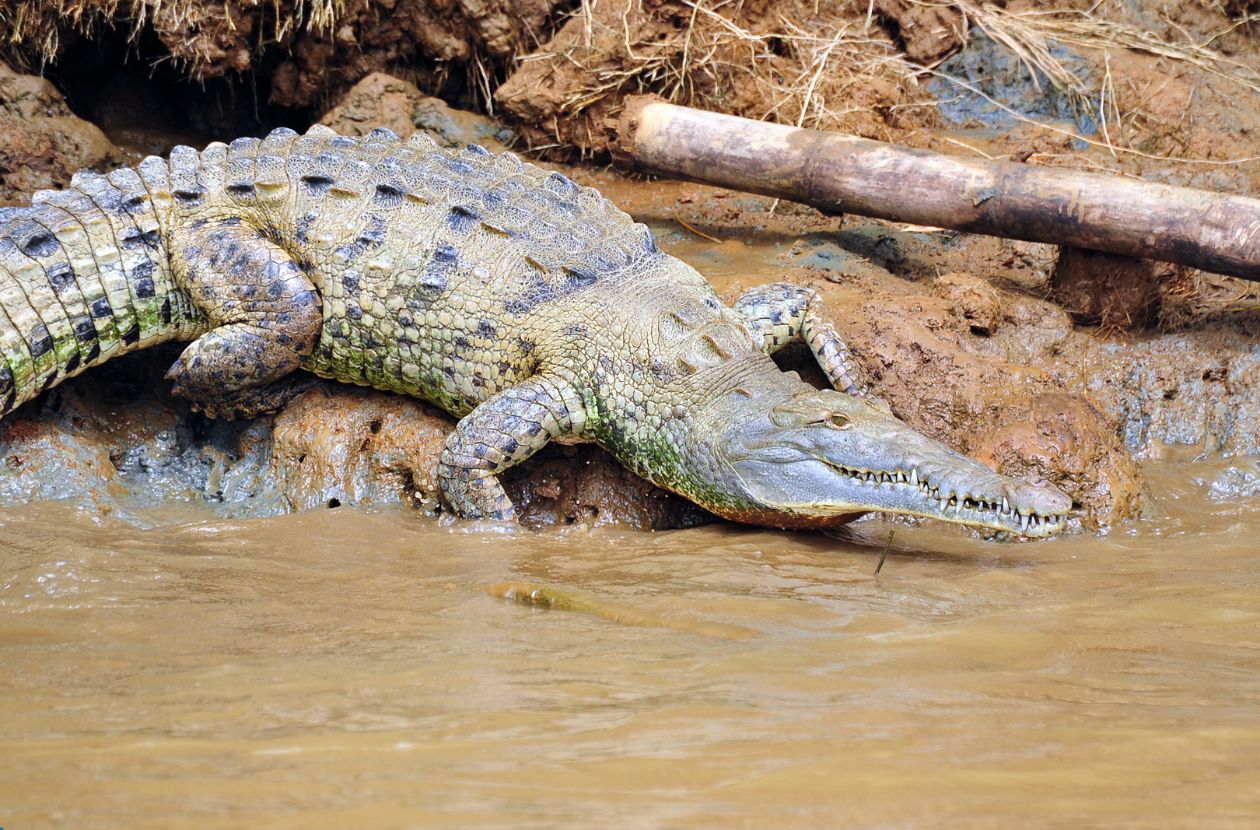
Crocodile Tours: Totally Worth It (And Actually Relaxing)
I wasn’t sure about doing a crocodile boat tour at first. I figured it would be either terrifying or touristy. Turns out, it was neither.
I hopped on a small boat in Tárcoles with a local guide who knew every bend of the river and every croc by name. Within minutes, we saw three of them—one so close I could see the algae on his teeth (no exaggeration). But the guide? Calm as can be. “He’s been around here for years,” he said. “Lazy, but likes to pose for photos.”
The tour was slow-paced, peaceful even. We saw herons, iguanas, a whole family of monkeys—and yeah, a half-dozen crocodiles just doing their thing.
If you want a break from the ziplining and surfing, a river tour is a surprisingly meditative way to connect with the wilder side of Costa Rica.
Are Crocodiles Dangerous in Costa Rica?
They can be. Let’s not sugarcoat it.
Crocodiles are wild animals. They’re strong, fast, and built to ambush. That said, attacks on humans are extremely rare, and usually happen when people are being reckless—like swimming in croc territory or fishing barefoot in river mouths at dusk.
If you’re smart about where you go and follow local advice, the risk is minimal. Don’t swim in estuaries. Don’t feed wild animals (yes, some people try). And if a sign says “caution: crocodiles,” it’s not just there for decoration.
Be aware, not afraid.
Costa Rica Crocodiles – Respect the Reptiles
Crocodiles have been here way longer than tourists. They’re an essential part of the ecosystem—controlling fish populations and maintaining balance in the rivers and wetlands.
Seeing them isn’t scary, it’s a privilege. Just remember: you’re in their territory, not the other way around.
So take a photo, keep your limbs in the boat, and let them enjoy their sunbathing session in peace.
Want to Explore the Wild Side of Costa Rica?
If you love discovering Costa Rica’s untamed corners—from croc-filled rivers to jungle paths no one talks about—check out our free eBook: “10 Hidden Gems in Costa Rica You’ve Never Heard Of”. It’s packed with quiet places, hidden trails, and local favorites that most tourists miss.
Download it now, and start exploring Costa Rica beyond the beaches and the brochures.


